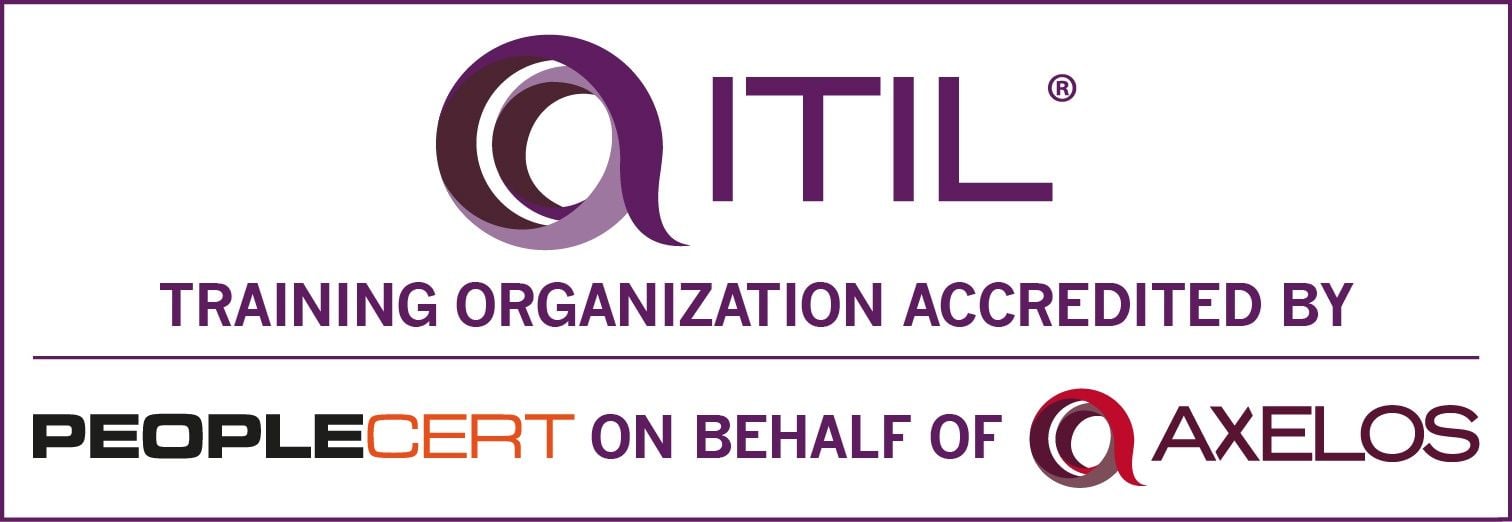Reimagining the Change Process
Poorly executed change processes can make executives gunshy. Here is how one change management agent restored trust in the process.
When I joined Union Home Mortgage, there was no change management process in place for the IT organization. As a growth organization, there were (and still are) opportunities everywhere for us to grow and improve our processes and procedures. As we worked through our list of needed improvements, the time came to begin managing our change process via a formal process. To kick off this effort, we began by discussing change with leadership across the department. During these conversations, it became clear that there were significant hurdles to clear to get buy-in from the rest of IT leadership.
Change Process Apprehension
In discussing change with IT leaders in our organization, the change processes from prior organizations had left many of these leaders with a disdain for any change process. There was an overarching belief that the change process added unnecessary and time intensive overhead to processes that were currently flowing quickly. One example that stuck out from these conversations was a prior organization that required paper change forms to be completed, with all supporting documentation and signed off by executives within IT before a change could be implemented. This obviously created a ton of extra overhead and time drain on the team, and a delay of releasing that code to production.
Removing Overhead
Hearing the concerns and apprehensions of our IT leadership team, we took a step back and reevaluated what that change process needed to look like to be successful and deliver on the core intent of change management, which was to mitigate the risk of system down time and end-user impact from bad changes. With this in mind, we started from the beginning of the process, which was noted as the biggest time drain, and began asking what details were necessary.
As an example, does a fully documented rollback plan need to be included in the submission? We decided that it wasn’t necessary to be included, rather just an acknowledgement that such a plan exists was added. After all, who on the Change Advisory Board (CAB) truly knows whether all the details in that rollback plan are actually accurate? Odds are most CAB members don’t even look at that rollback plan before approving. We took that approach through the entire change form, slashing anything that felt unnecessary within the process.
Reducing Lead Time
After the change form was cleaned up and streamlined, we turned our attention to the approval process. Some of the IT leaders in our organization told stories of having to wait weeks or even months to get a change approved through CAB, based upon the lengthy change approval process their prior organizations had in place. In today’s Agile-focused world, that type of lead time is unacceptable, even for a major change.
With that in mind, we built our process around a virtual CAB. Using this virtual CAB, we have made all major change approvals less than three business days from submission. This has greatly shortened lead time and increased our ability to stay agile.
Next Steps
We have made some great strides and have removed significant roadblocks from IT wide adoption. However, there are still some great opportunities for us to complete further streamlining within the process. In 2022, we plan to implement Azure DevOps integrated change submissions, which will automate most change requests within the organization. By leveraging this automated DevOps submission process, we are also looking at pushing the change process earlier into the development lifecycle. We envision a change submission being created once a card is moved into development, and then a change approval request would be created (automatically) once development is complete and the card is flagged for approval.

)
)
)
)
)
)
)
)
)
